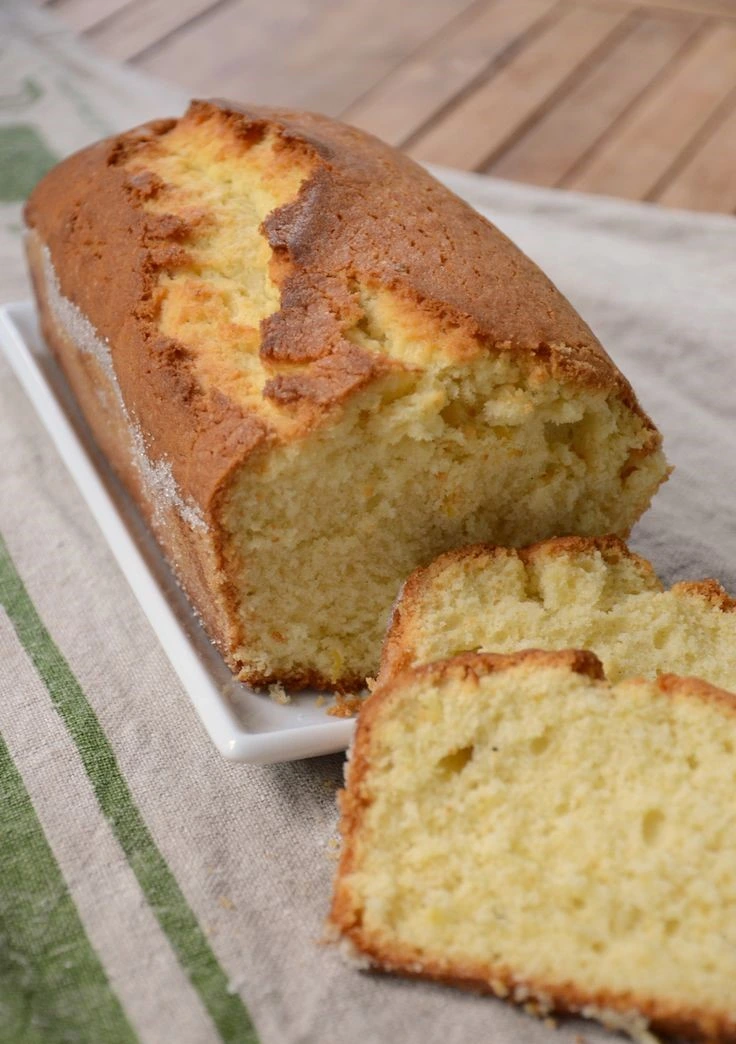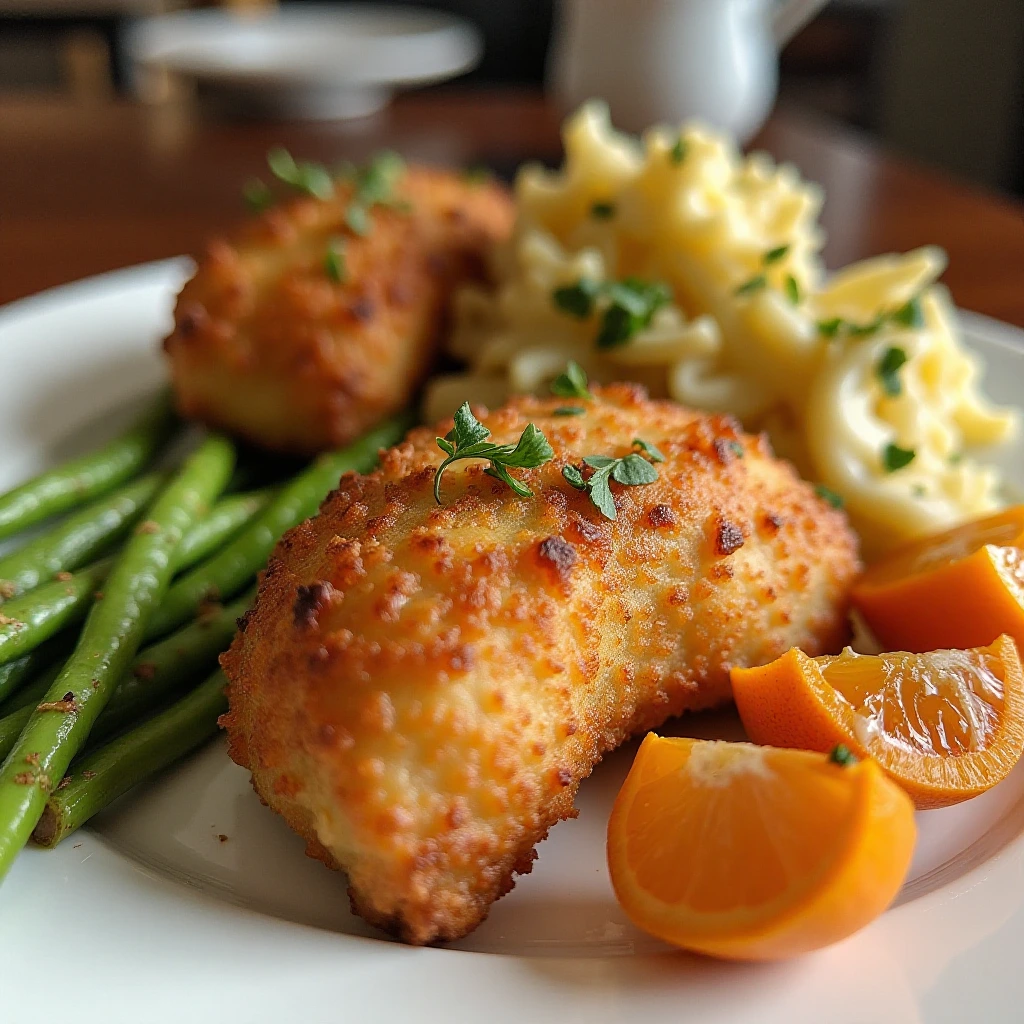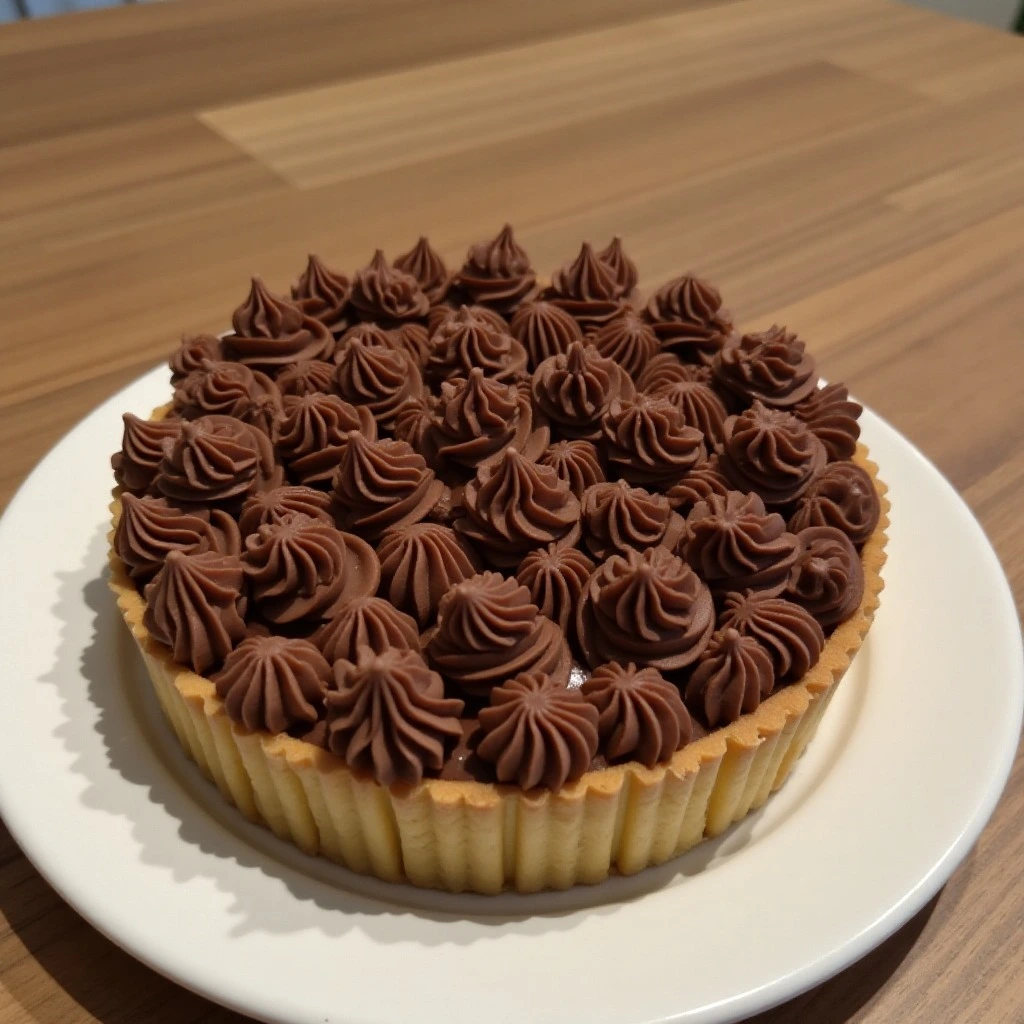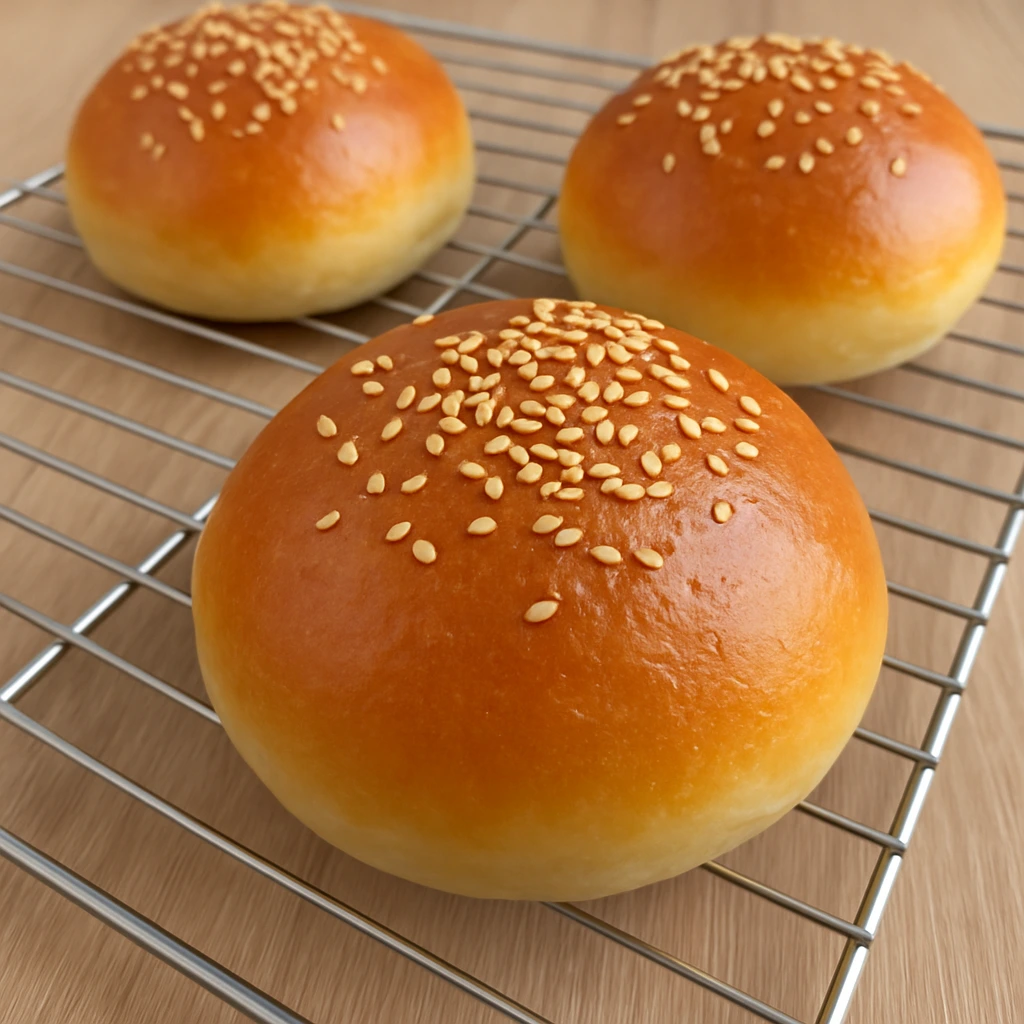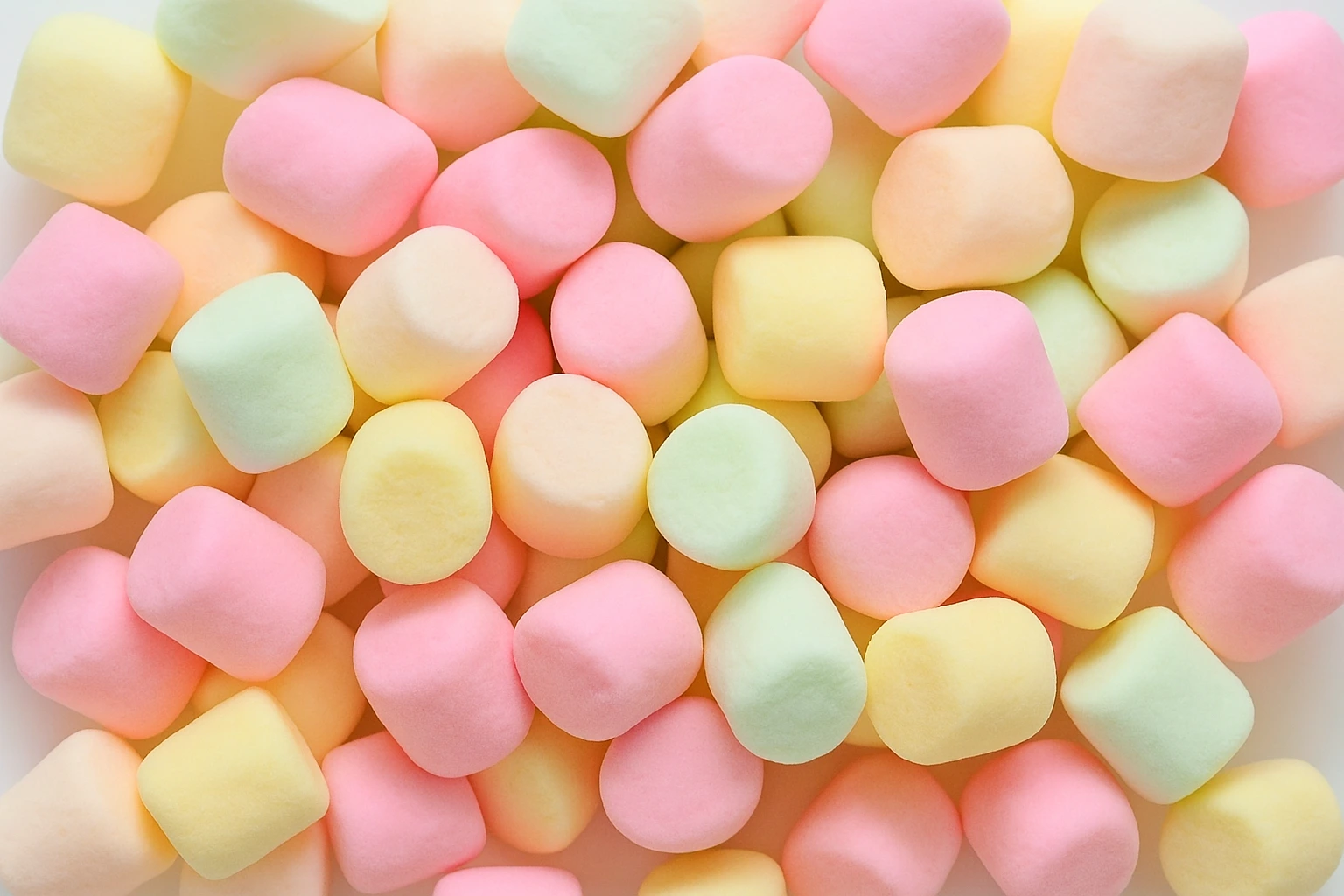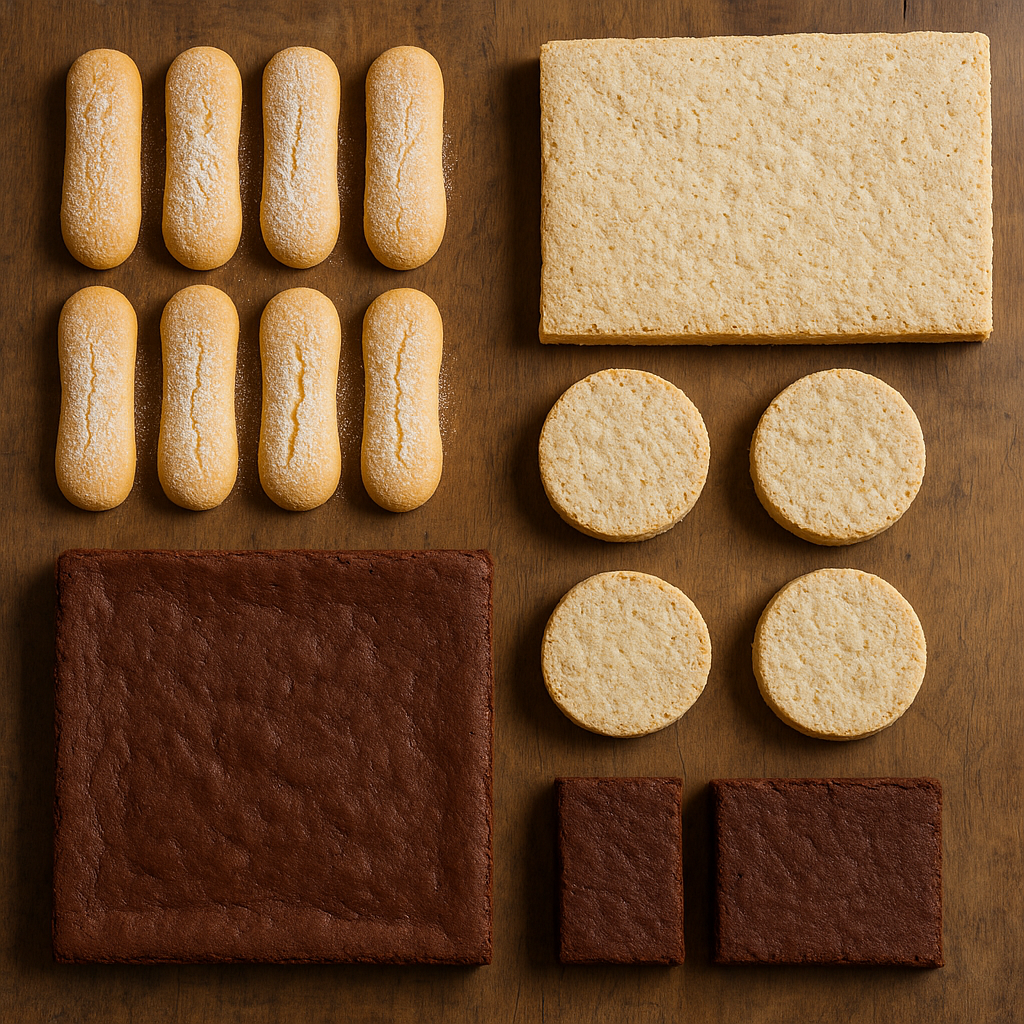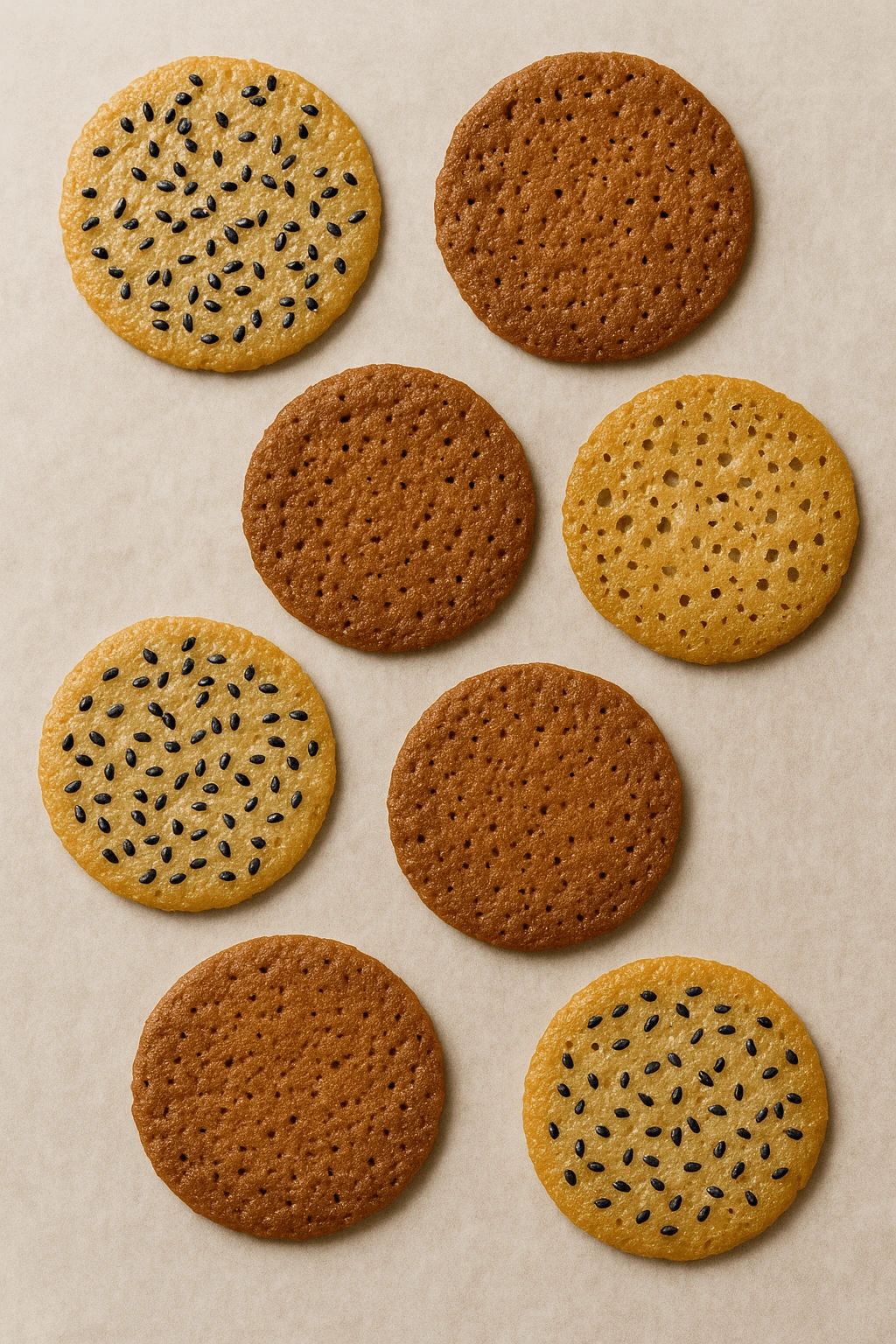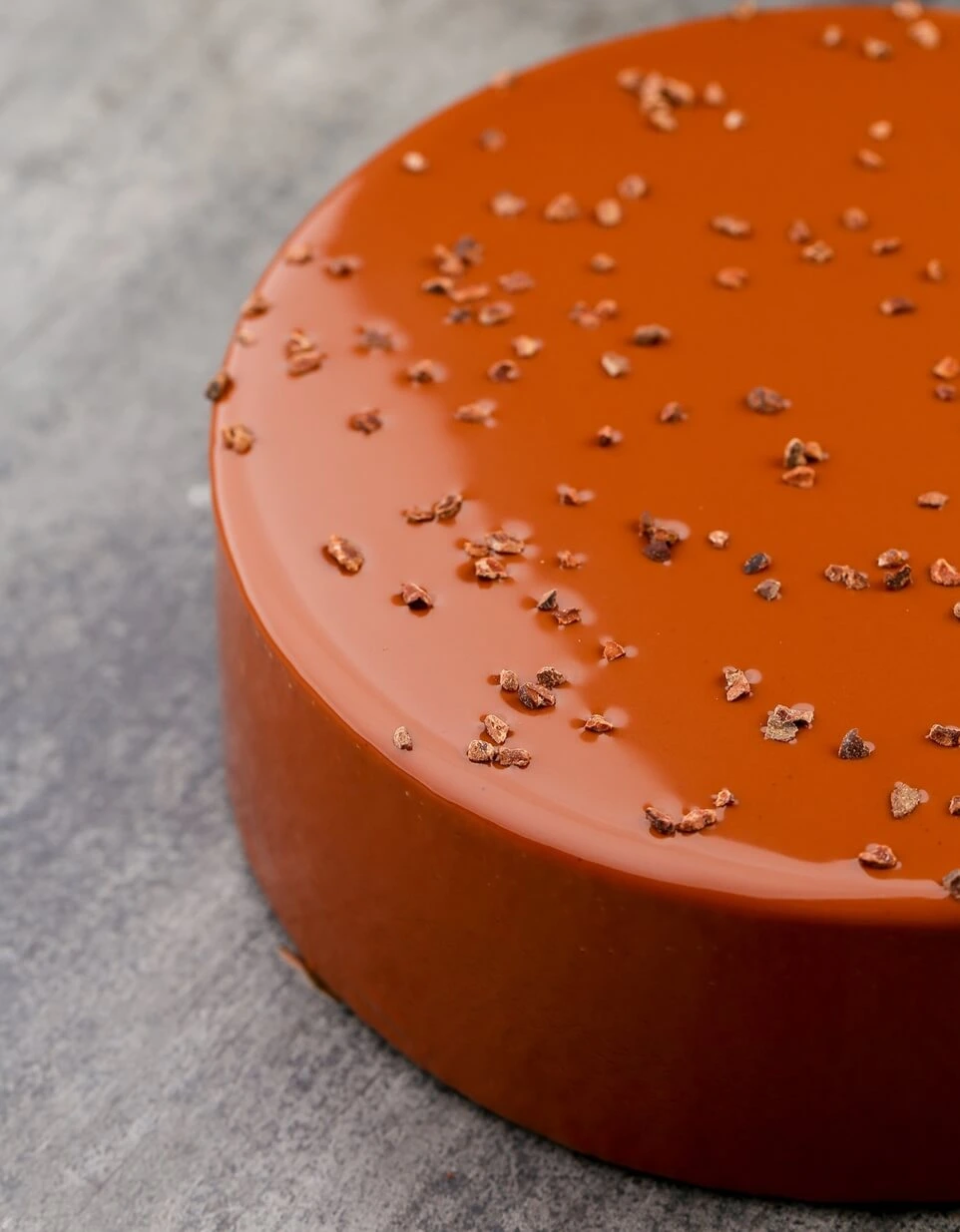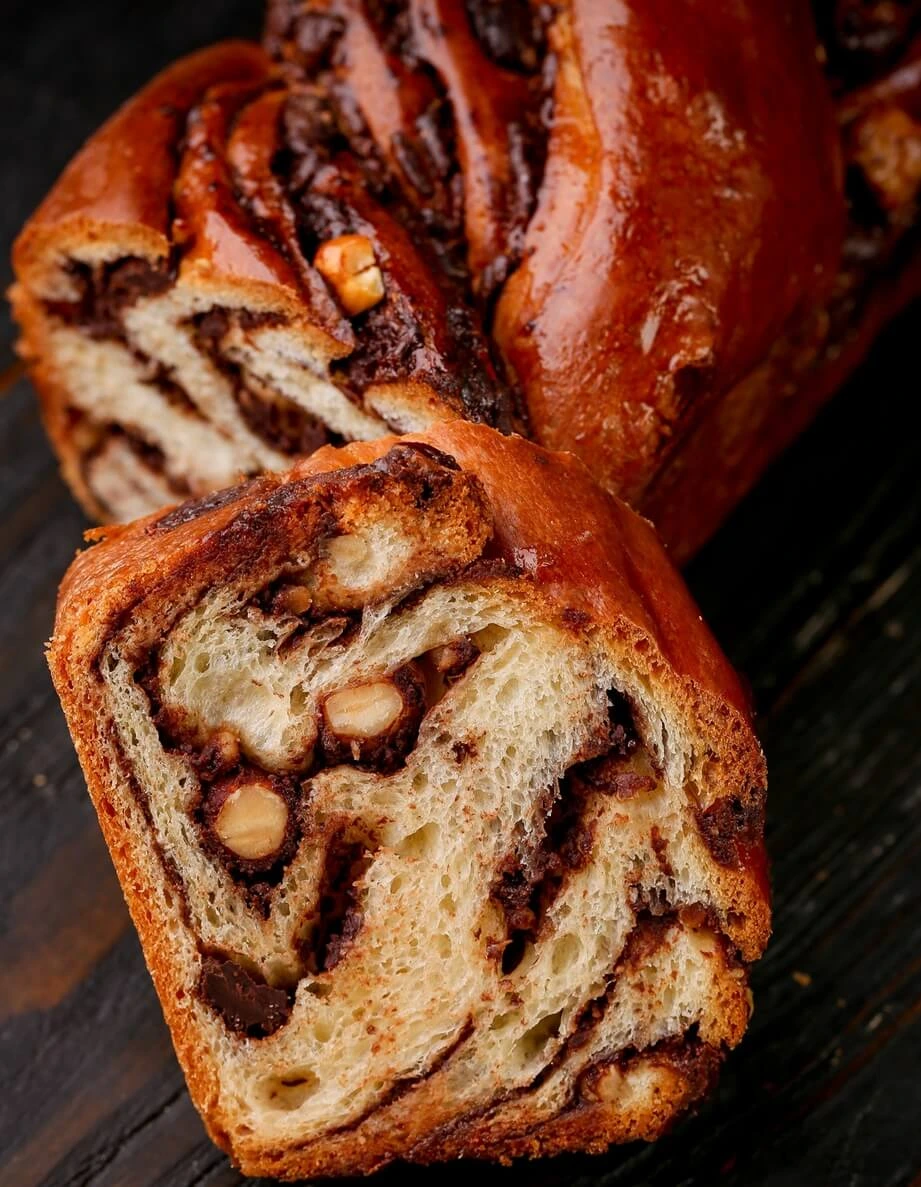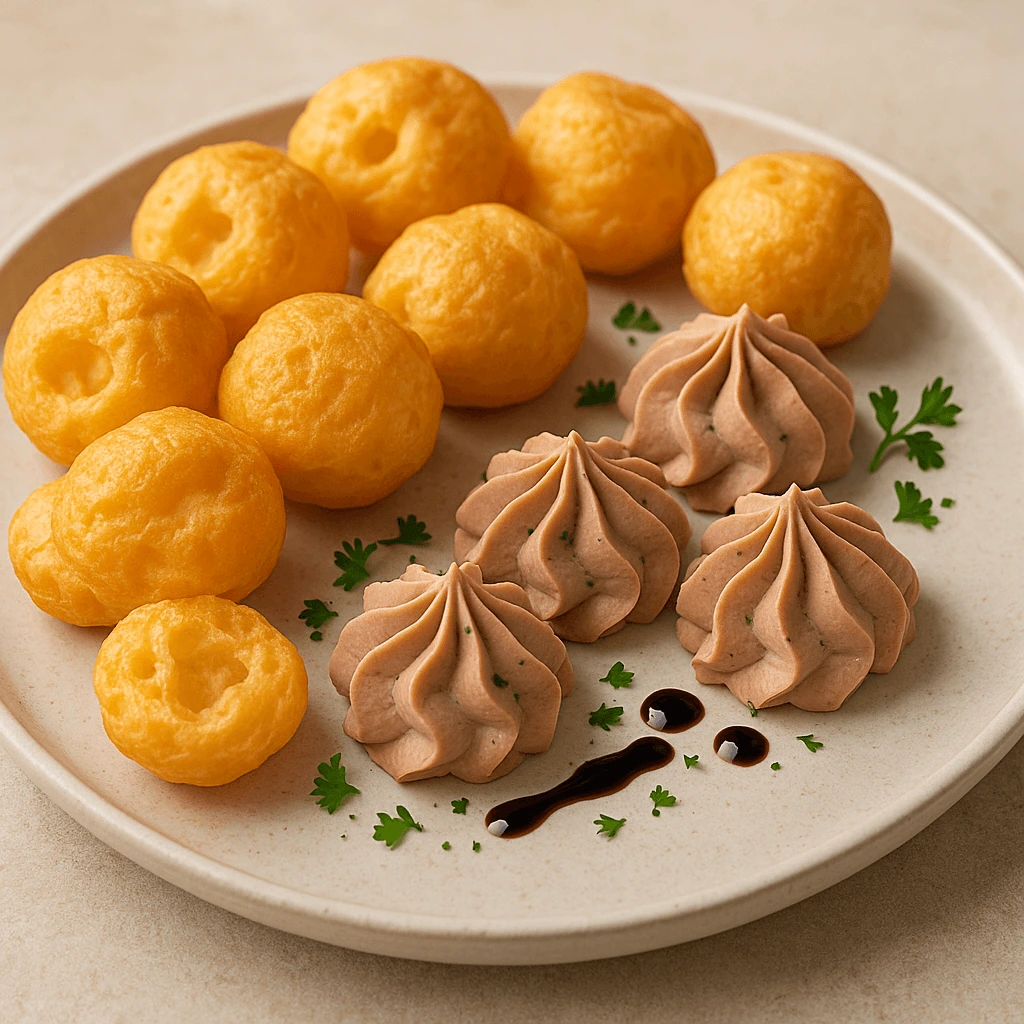Easy Cake Vanille in 10 Minutes – Sweet Perfection in No Time
Few desserts can rival the charm of a perfectly baked vanilla sponge cake. With its golden surface, delicate aroma, and pillow-soft texture, it’s the kind of treat that feels both comforting and refined. Every bite melts in your mouth, carrying just the right balance of sweetness and that unmistakable warmth of pure vanilla. This cake … Read more

